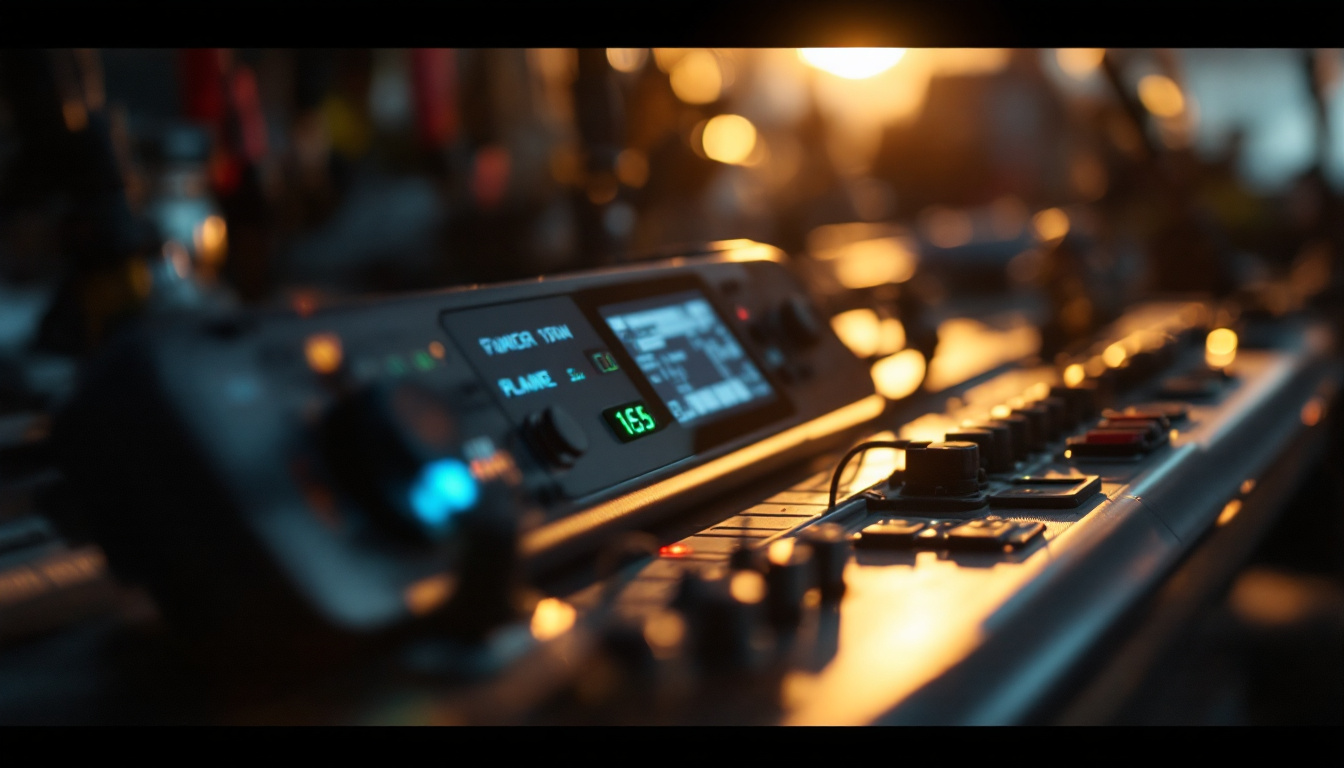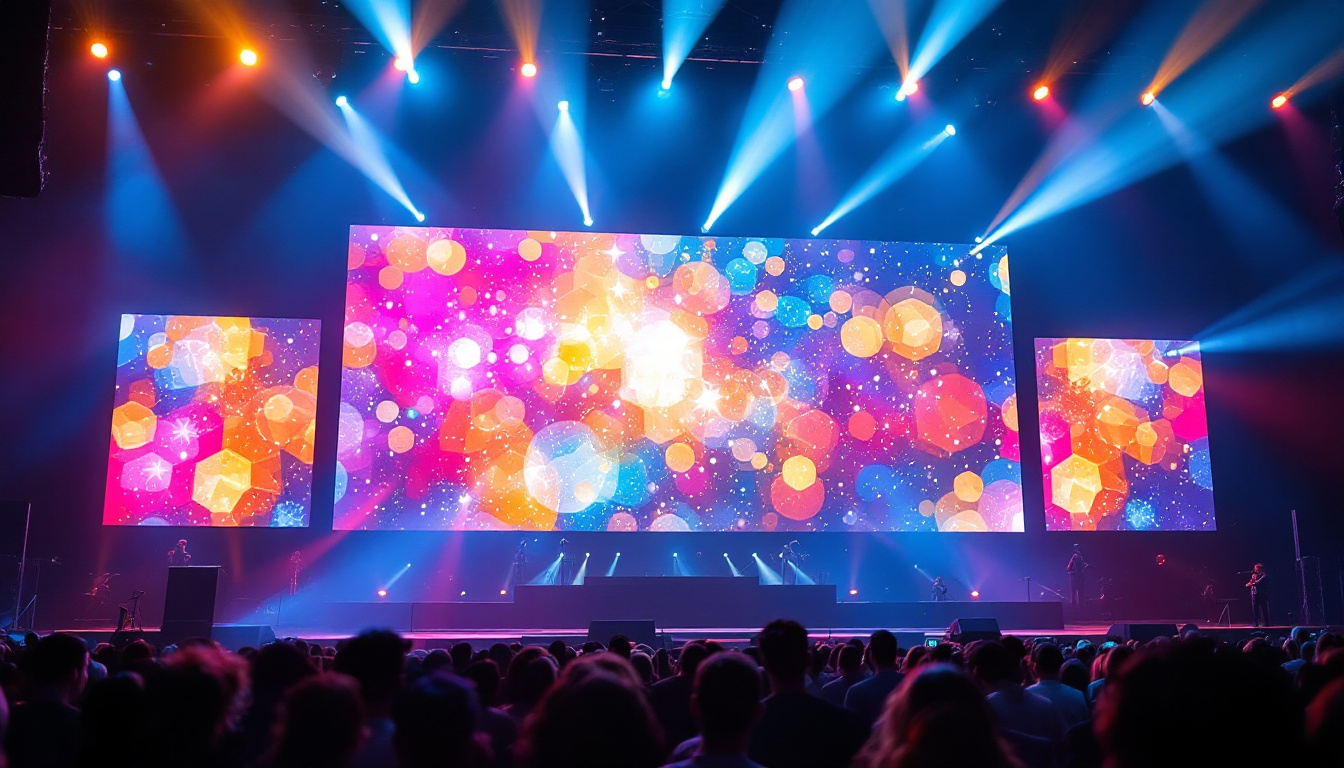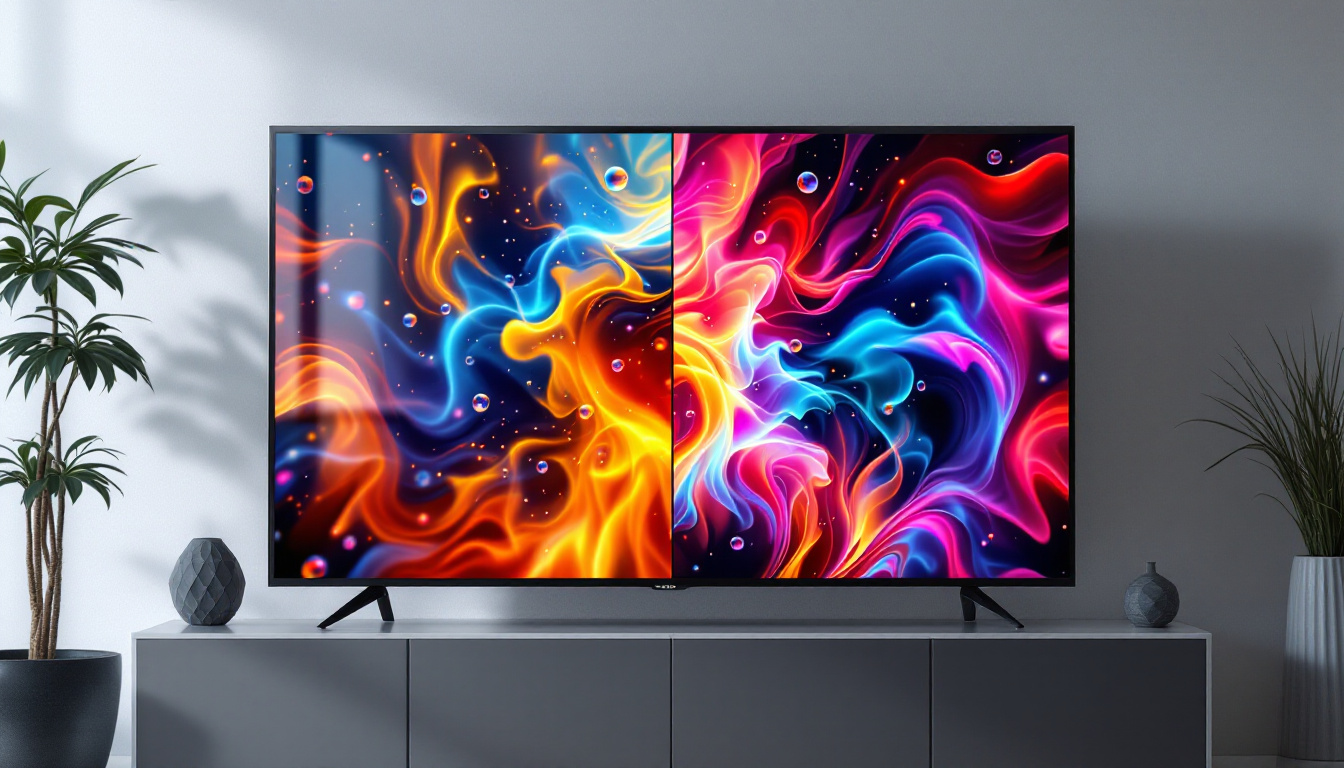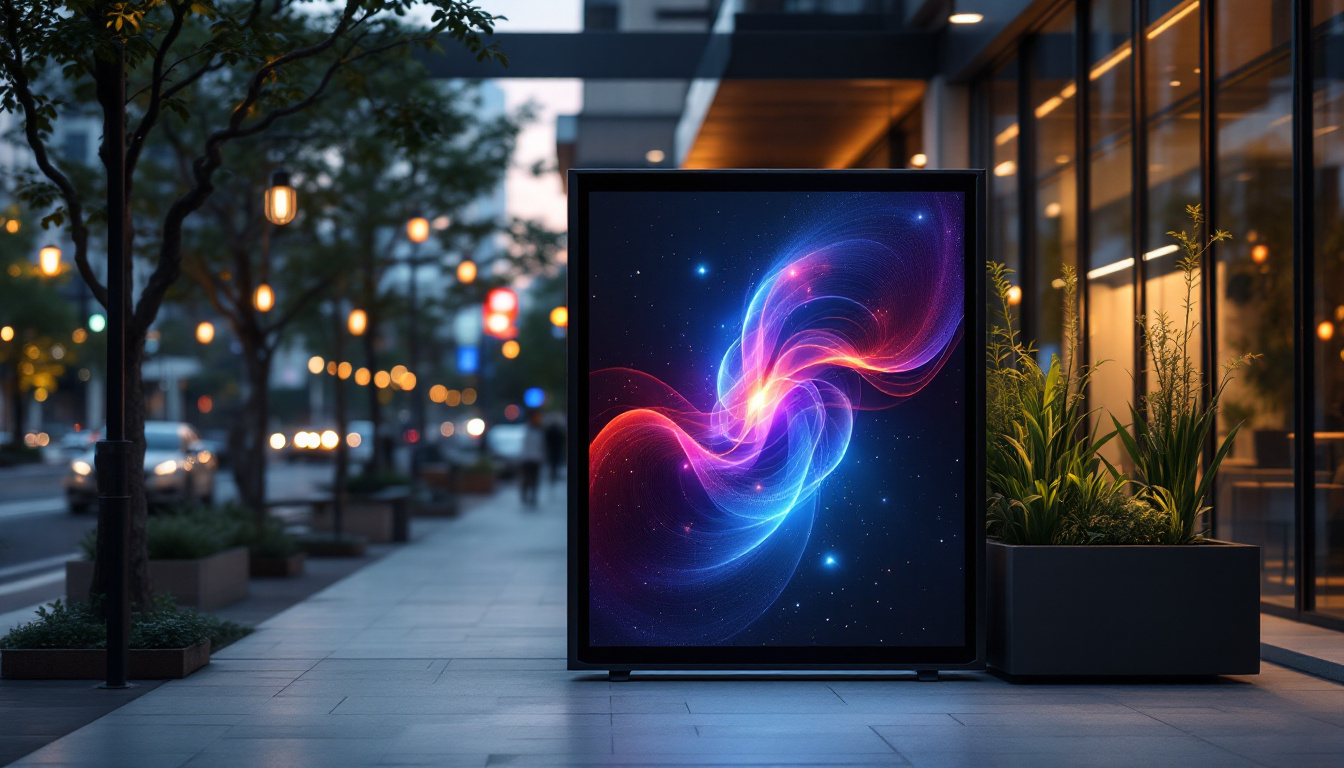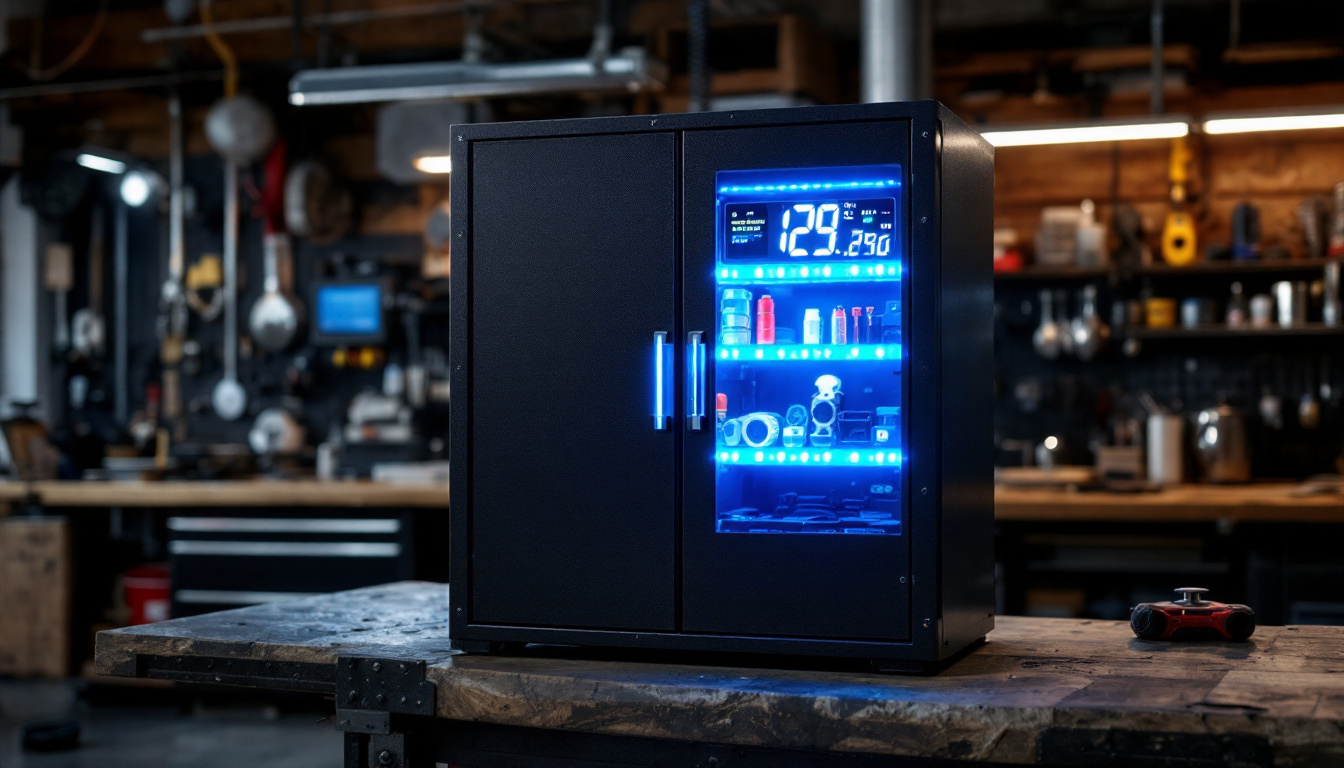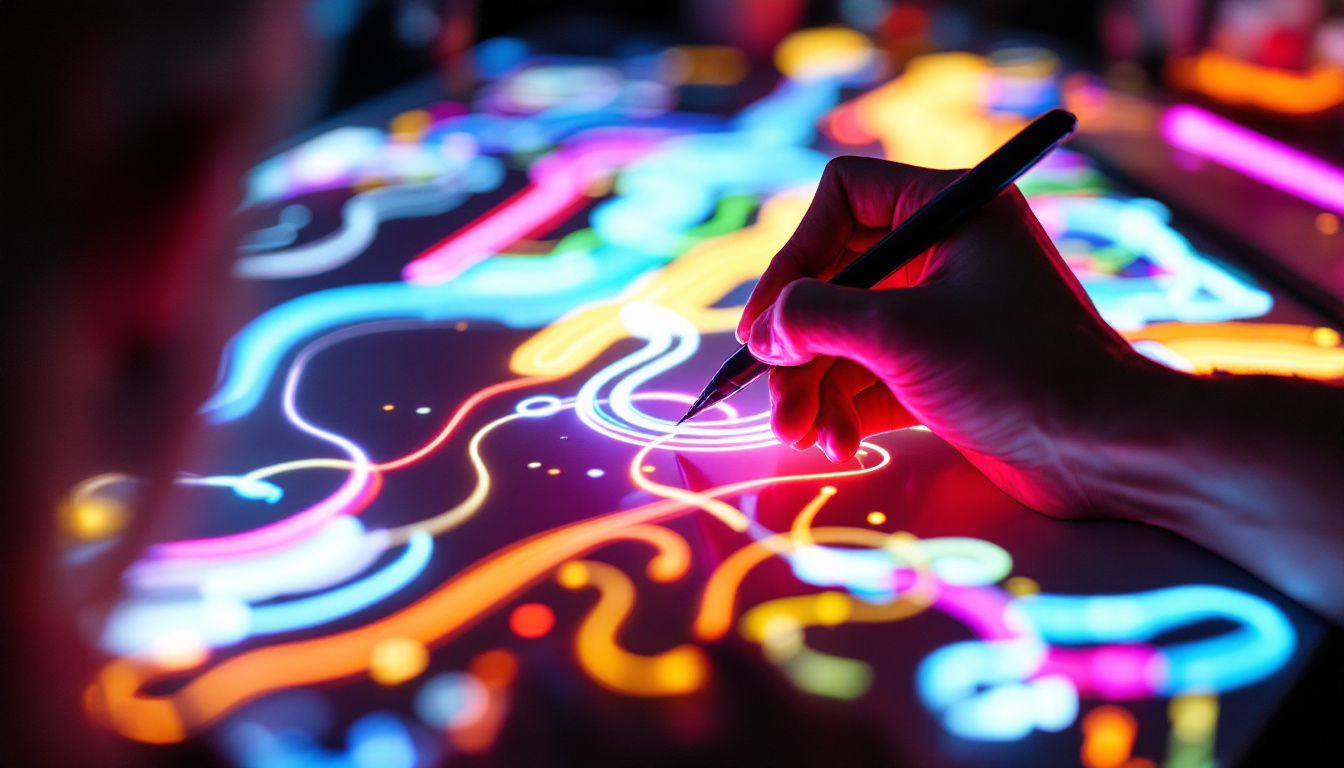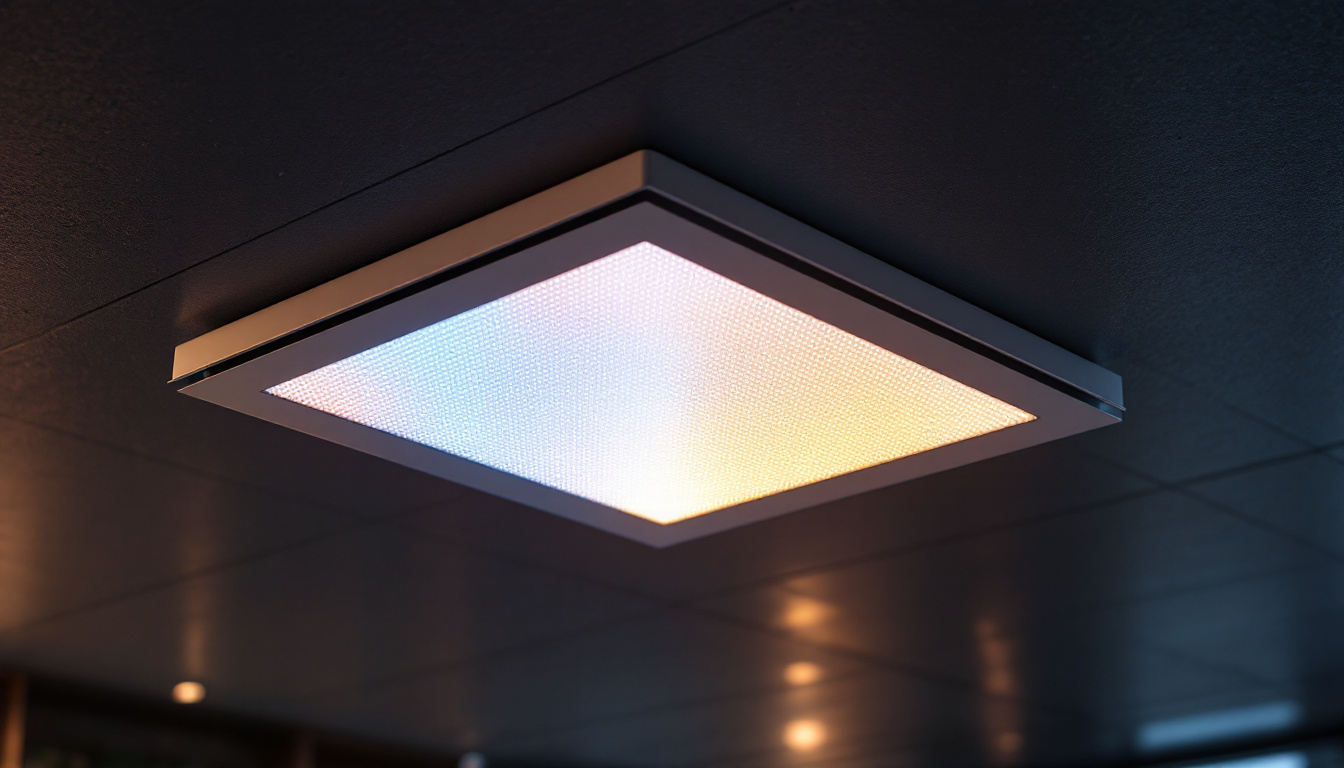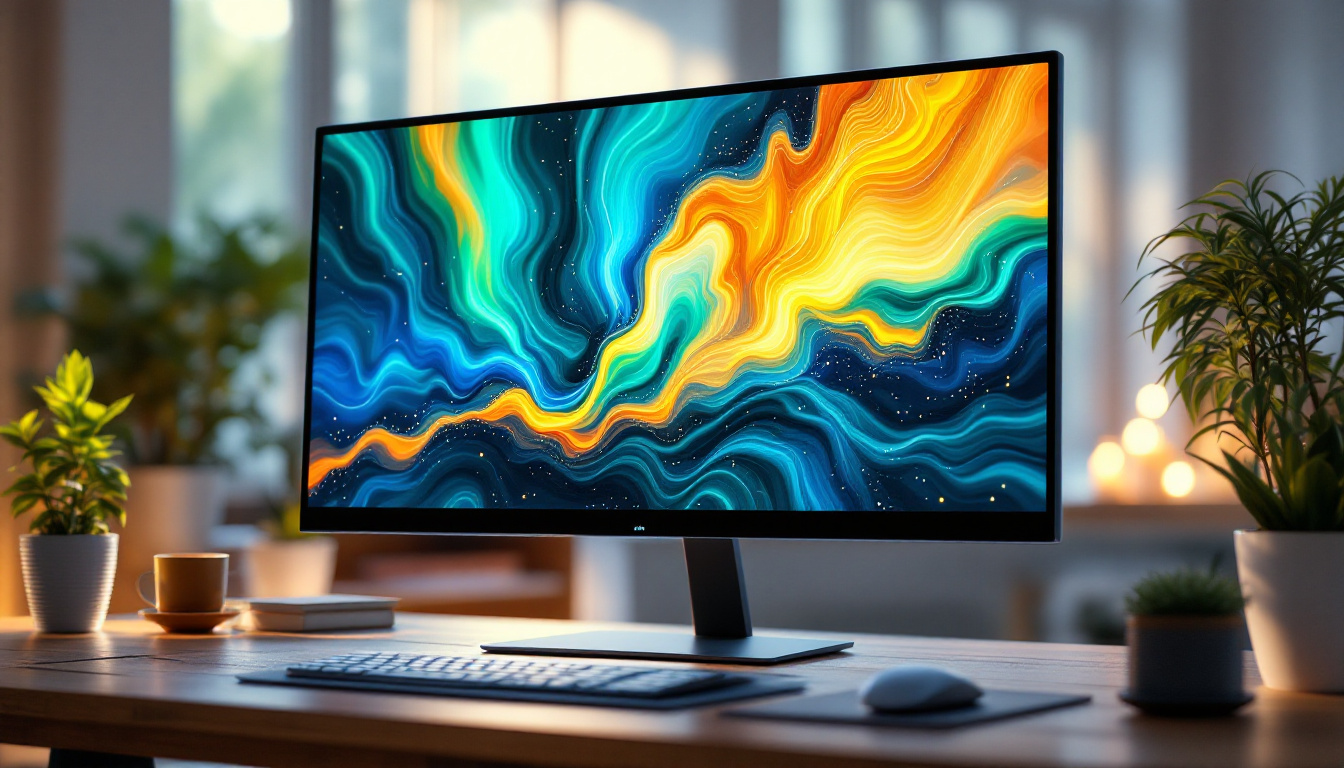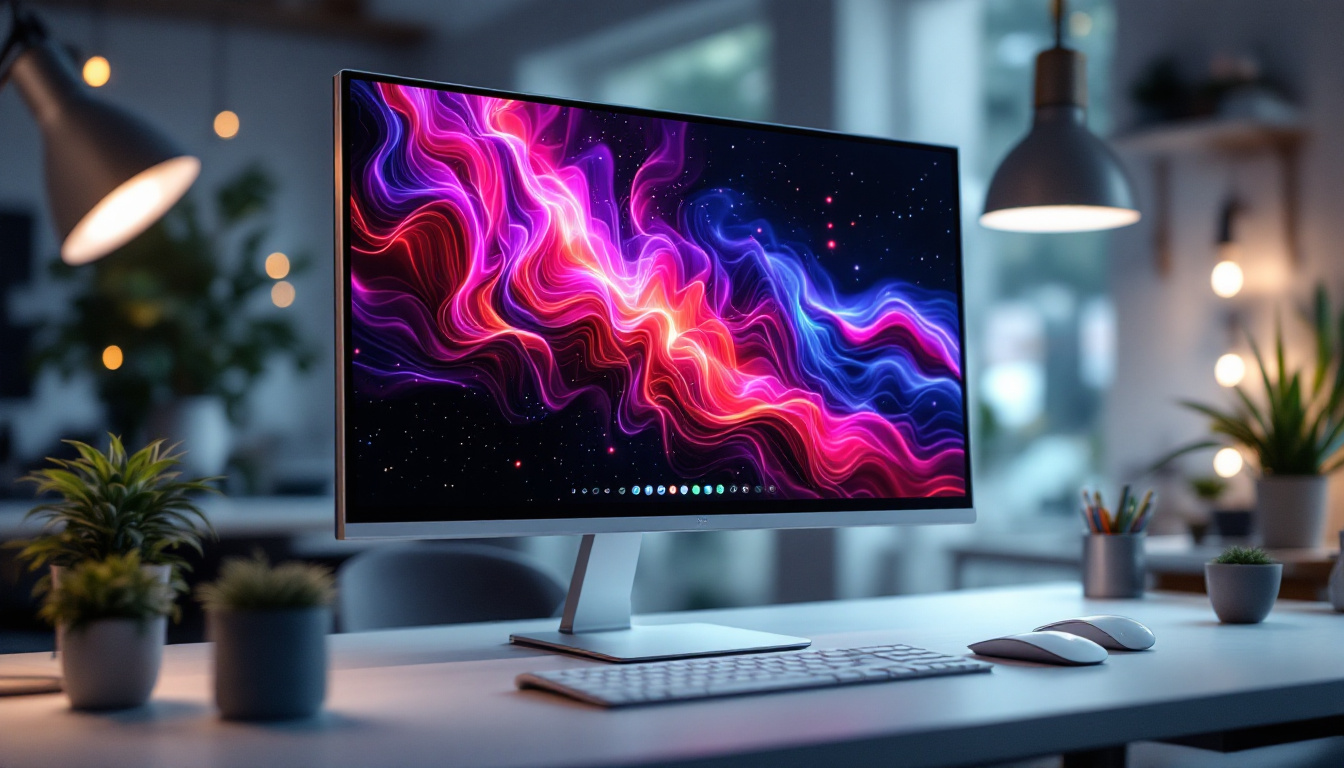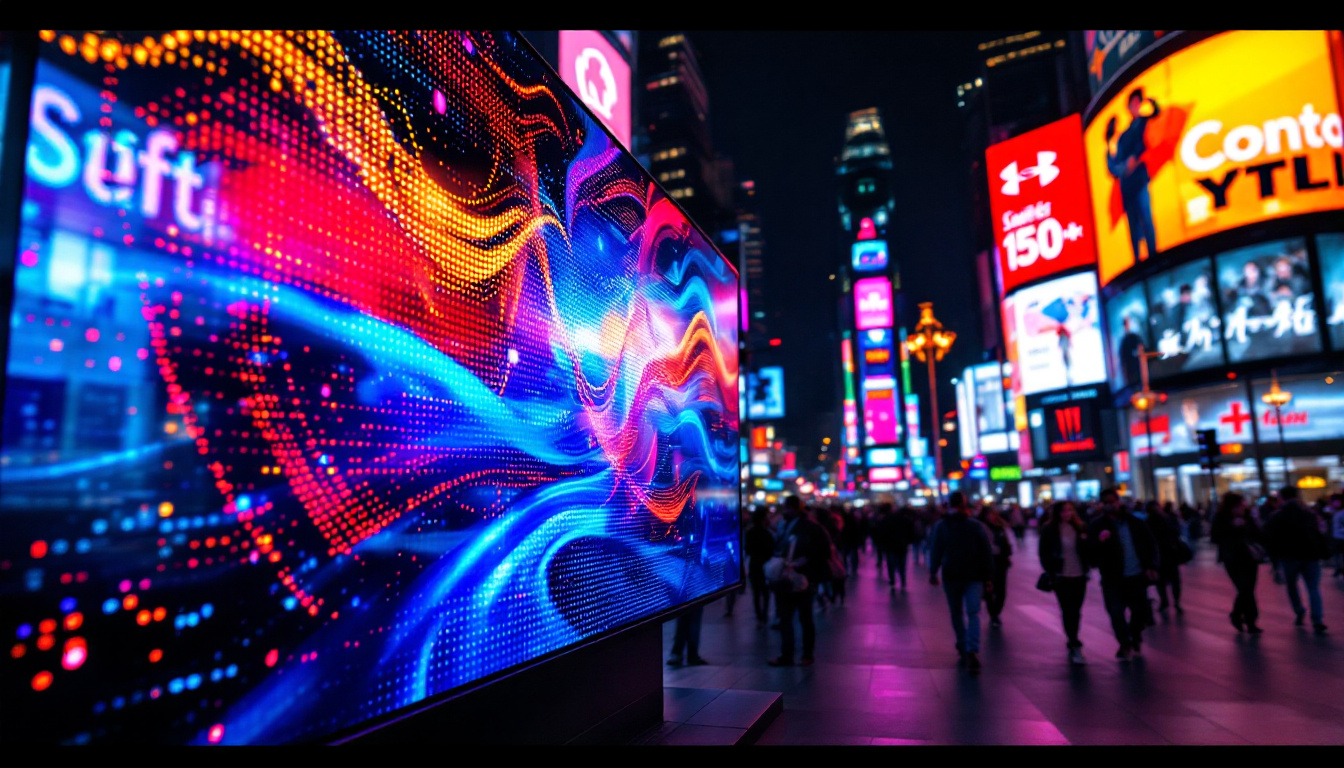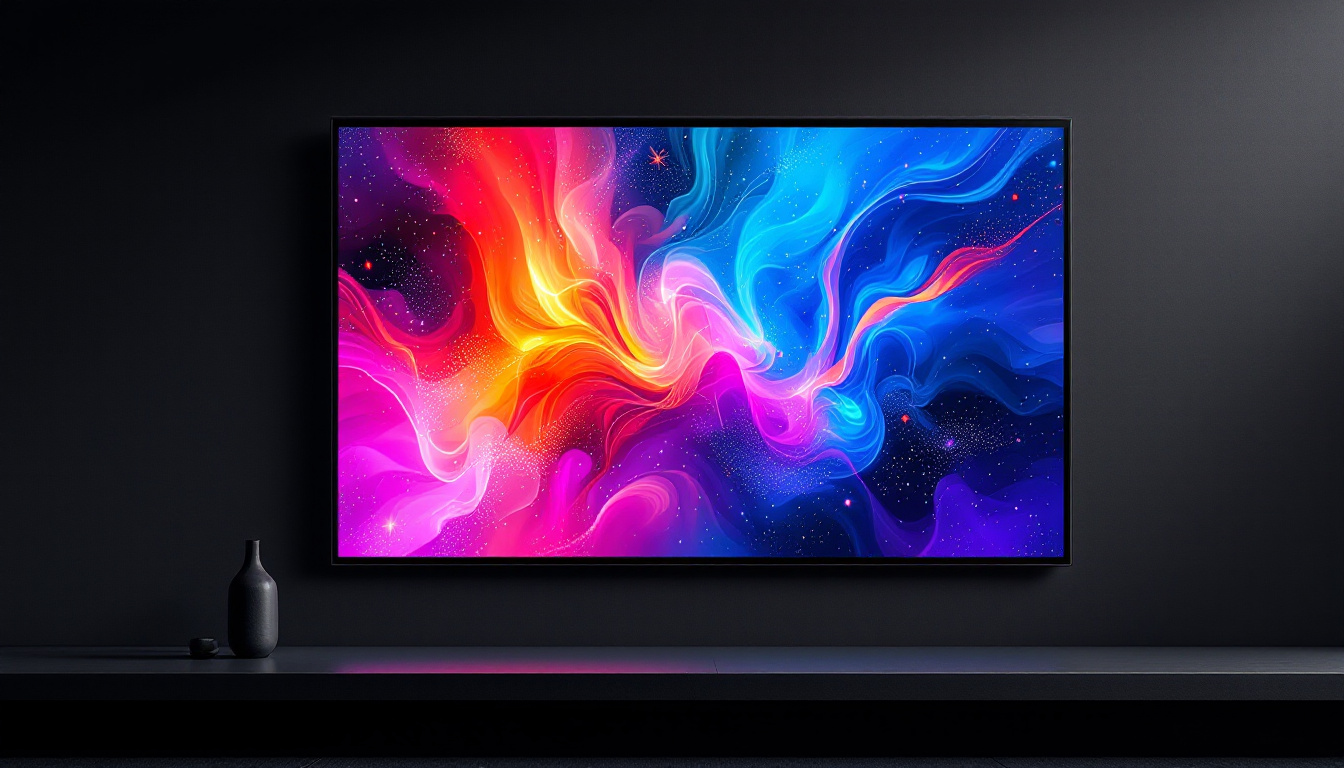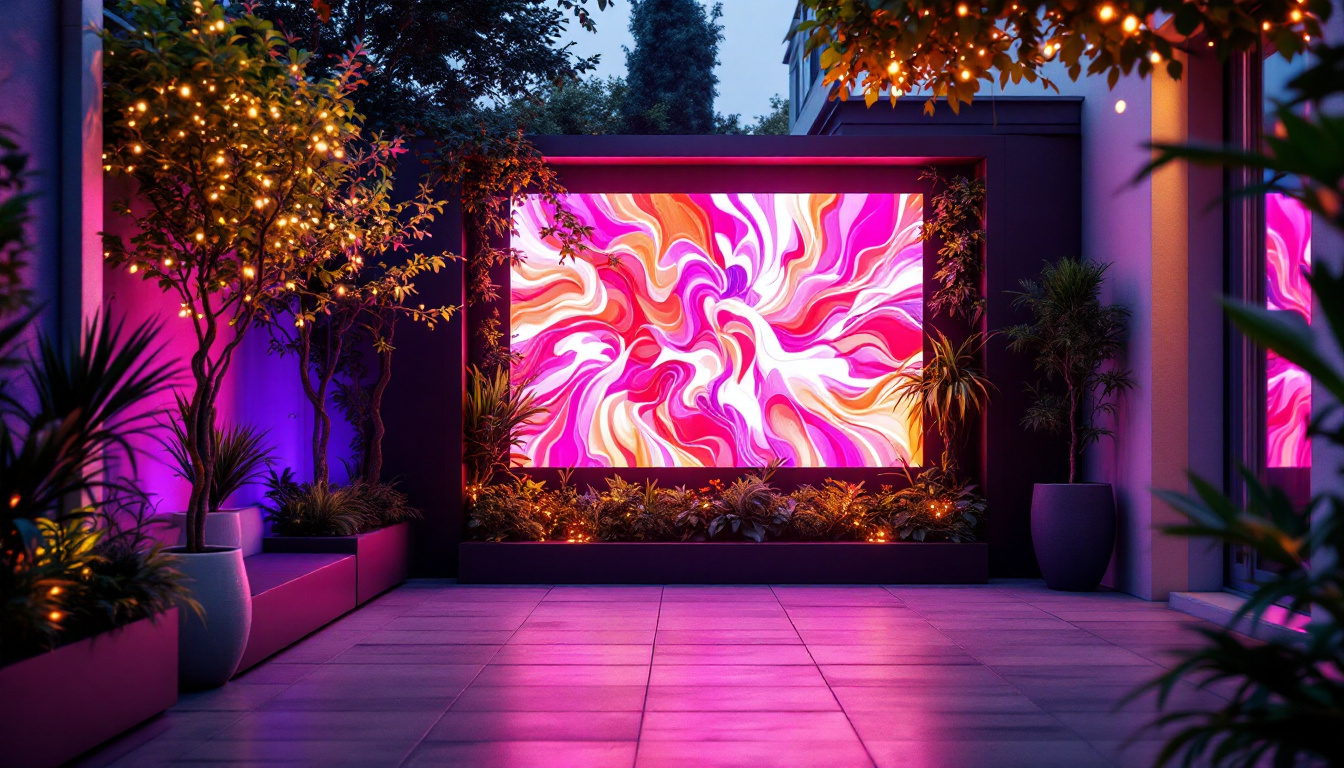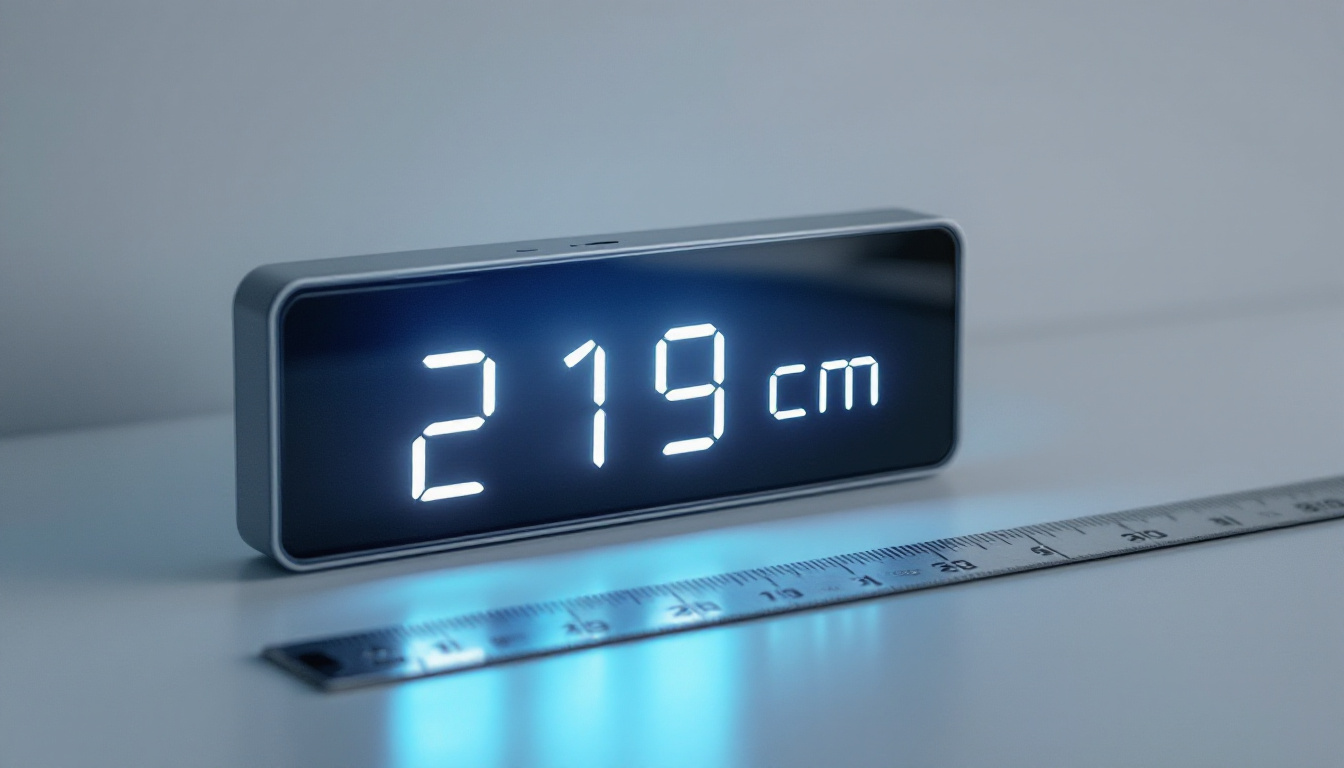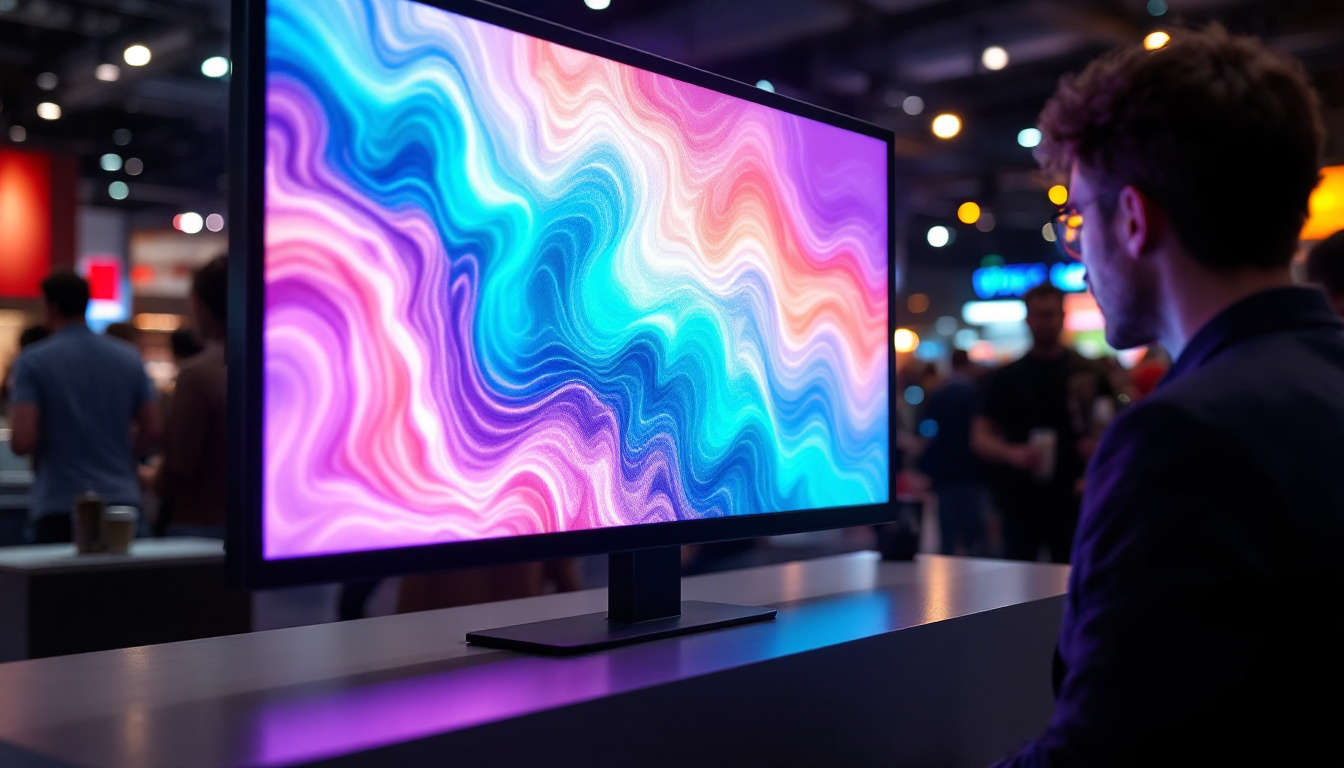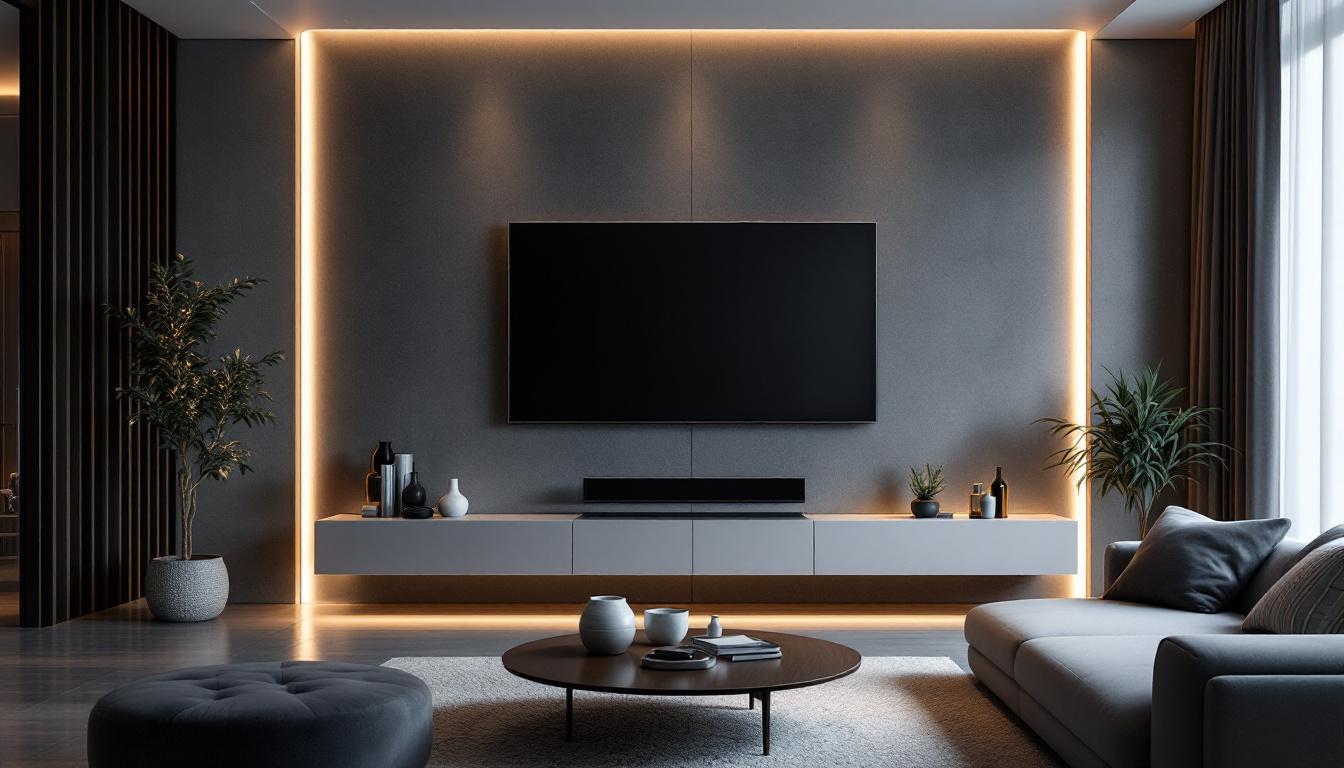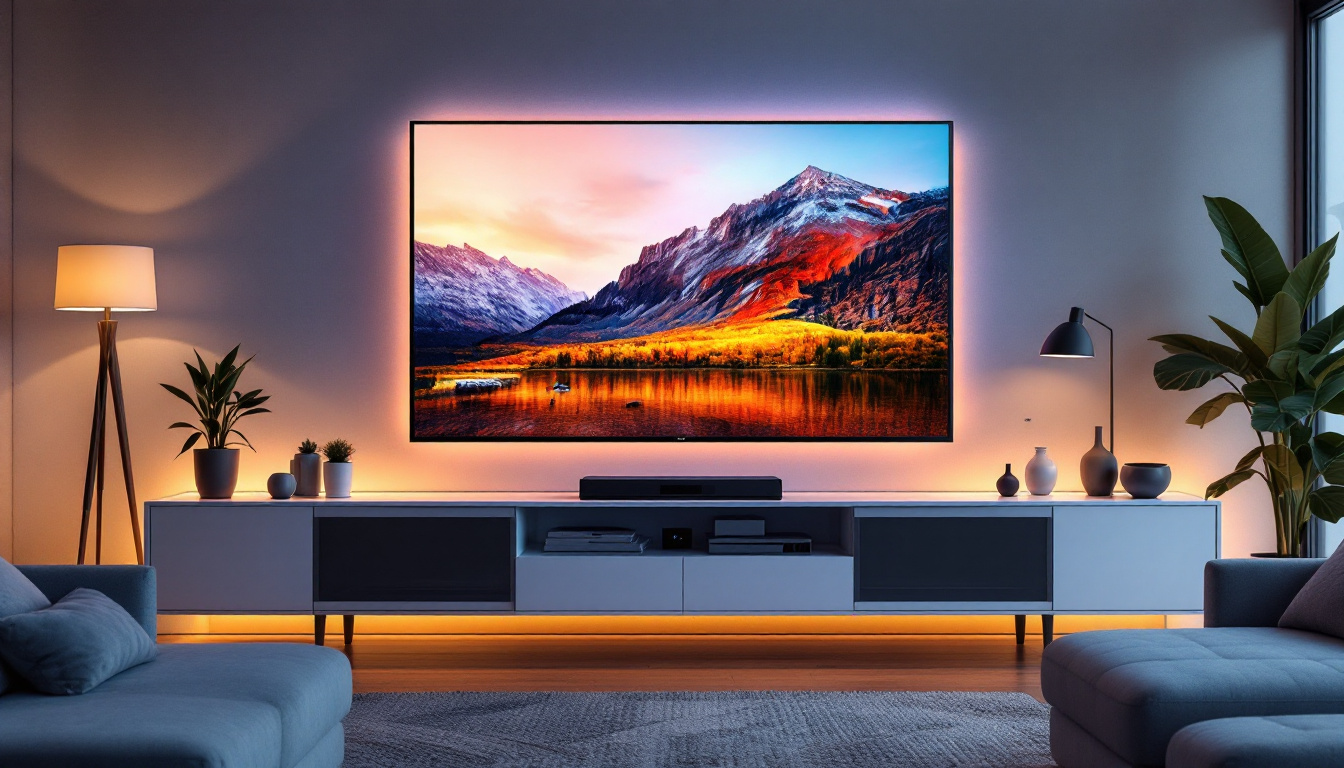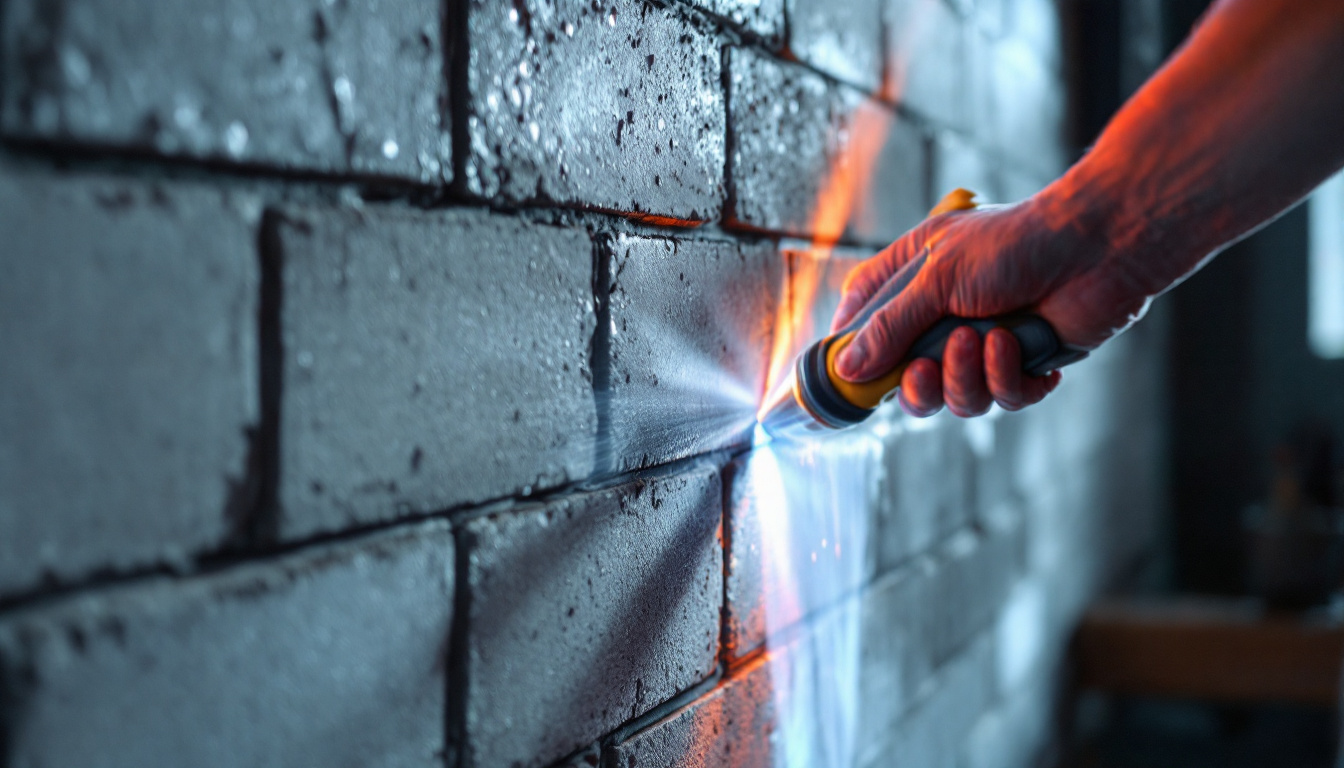Planer boards are invaluable tools for anglers looking to cover more water and increase their chances of catching fish. These devices allow lines to be spread out across a wider area, making them particularly useful when fishing in lakes or rivers. In this article, we will explore how to make a planer board, with a specific focus on incorporating an LED display to enhance functionality and ease of use.
Understanding Planer Boards
Before diving into the construction of a planer board, it is essential to understand its purpose and functionality. A planer board is designed to hold fishing lines away from the boat, allowing for a more effective spread of baits or lures. This technique can be especially beneficial when targeting species that tend to be skittish or when fishing in crowded areas. By utilizing planer boards, anglers can cover a larger area of water, increasing the chances of attracting fish that may be lurking at different depths or distances from the boat. Moreover, the use of planer boards can help minimize tangles and snags, which are common issues when multiple lines are being fished simultaneously.
Types of Planer Boards
There are various types of planer boards available on the market, each with its unique features. Some of the most common types include:
- Standard Planer Boards: These are typically made from lightweight materials and are designed to be towed behind a boat. They are effective for spreading lines out to the sides, which can be particularly useful when targeting fish that prefer to strike from the side rather than directly below the boat.
- Adjustable Planer Boards: These boards come with adjustable weights or fins, allowing anglers to customize their setup based on water conditions. This adaptability can be crucial in varying currents or wind conditions, ensuring that the lines remain at the desired depth and angle.
- Electric Planer Boards: These are motorized and can be controlled remotely, providing a hands-free experience for anglers. This feature is especially advantageous for those who may be fishing alone, as it allows for easier management of multiple lines and the ability to focus on reeling in fish without the hassle of manual adjustments.
Components of a Planer Board
Understanding the key components of a planer board is crucial for building one effectively. The primary components include:
- Body: The main structure of the board, typically made from foam or plastic. The choice of material can greatly affect the buoyancy and durability of the board, with some anglers opting for high-density foam for added strength.
- Fins: These help stabilize the board in the water and control its direction. The design and placement of the fins can influence how well the board tracks through the water, which is essential for maintaining a straight line and ensuring that the bait is presented correctly.
- Line Release: This mechanism allows the fishing line to be released when a fish is hooked. A reliable line release is critical, as it ensures that the angler can quickly respond to a catch without the risk of losing the fish due to a malfunction.
In addition to these essential components, many anglers also consider adding reflective tape or bright colors to their planer boards for increased visibility on the water. This can be particularly helpful in low-light conditions or when fishing in areas with heavy boat traffic. Furthermore, customizing the size and shape of the board can also impact its performance; larger boards may provide more stability and better tracking, while smaller boards can be more maneuverable in tight spaces. Ultimately, the choice of planer board will depend on the specific fishing conditions and personal preferences of the angler.
Materials Needed for Construction
Creating a planer board requires specific materials that can be easily sourced. Below is a list of essential items needed for the project:
- Foam or Plastic Sheet: This will serve as the body of the planer board.
- Fishing Line: A durable fishing line is necessary for the fishing setup.
- Fins: These can be made from plastic or wood, depending on preference.
- LED strip lights: For the display, LED strip lights will provide visibility in low-light conditions.
- Battery Pack: A portable battery pack will power the LED lights.
- Adhesive or Screws: To assemble the components securely.
In addition to the primary materials listed above, you may also want to consider incorporating some optional items that can enhance the functionality and aesthetics of your planer board. For instance, adding a protective coating or sealant can help prolong the life of the foam or plastic sheet, making it more resistant to water and UV damage. This is particularly important if you plan to use the board in various weather conditions, as exposure to the elements can lead to deterioration over time.
Furthermore, customizing your planer board with paint or decals can not only make it visually appealing but also help in identifying your gear on crowded waters. You might even consider using reflective tape along the edges to increase visibility at night, ensuring that your board stands out even in low-light situations. By taking these extra steps, you can create a more durable and personalized tool that enhances your fishing experience.
Step-by-Step Guide to Building a Planer Board
Now that the necessary materials are gathered, the following steps outline how to construct a planer board with an LED display:
Step 1: Cut the Body
Begin by cutting the foam or plastic sheet into the desired shape and size. A common dimension for a planer board is approximately 24 inches long and 8 inches wide. This size provides a good balance between stability and maneuverability.
Step 2: Attach the Fins
Next, attach the fins to the sides of the board. This can be done using adhesive or screws, depending on the material used. Ensure that the fins are positioned at an angle to help the board track properly in the water.
Step 3: Install the Line Release
The line release mechanism is crucial for effective fishing. This can be a simple clip that holds the line in place until a fish strikes. Position it near the front of the board for optimal performance.
Incorporating LED Display
Adding an LED display to the planer board can significantly enhance its functionality, especially during early morning or late evening fishing trips. Here’s how to integrate the LED lights into the design:
Step 1: Plan the LED Layout
Decide where the LED strip lights will be placed on the board. A common approach is to run the lights along the edges of the board. This placement maximizes visibility while minimizing interference with the fishing line.
Step 2: Attach the LED Strips
Using adhesive, carefully attach the LED strips to the board. Ensure that the lights are secured and that the wiring is neatly arranged to avoid tangling with the fishing line.
Step 3: Connect the Battery Pack
Connect the LED strips to the battery pack. Make sure to test the lights before securing everything in place. It is advisable to use a waterproof battery pack to prevent any damage during fishing trips.
Testing Your Planer Board
Once the planer board is fully assembled, it is essential to conduct a test run. This will help ensure that all components are functioning correctly and that the board operates as intended.
Water Testing
Take the planer board to a local body of water and attach it to your fishing line. Observe how it tracks in the water and make any necessary adjustments. Pay attention to the stability and the effectiveness of the LED display in low-light conditions.
Adjustments and Fine-Tuning
Based on the test results, you may need to make adjustments to the fins or the weight distribution of the board. Fine-tuning these elements can significantly improve performance and enhance your fishing experience.
Maintenance Tips for Your Planer Board
To ensure longevity and optimal performance, regular maintenance of the planer board is essential. Here are some tips to keep it in top condition:
Cleaning
After each fishing trip, rinse the planer board with fresh water to remove any debris or saltwater residue. This will help prevent corrosion and damage to the components.
Inspecting Components
Regularly inspect the fins, line release, and LED lights for any signs of wear or damage. Replace any worn components promptly to maintain functionality.
Storage
When not in use, store the planer board in a cool, dry place. Avoid exposing it to extreme temperatures or direct sunlight, as this can degrade the materials over time.
Enhancing Your Fishing Experience
A well-constructed planer board with an LED display can significantly enhance the fishing experience. By allowing for a more effective spread of lines, anglers can target fish more efficiently, especially in low-light conditions.
Using Multiple Planer Boards
For those looking to maximize their fishing potential, using multiple planer boards can be beneficial. This allows for a wider coverage area and increases the chances of attracting fish. However, managing multiple boards requires careful attention to avoid tangling lines.
Experimenting with Different Setups
Every fishing trip presents unique conditions. Experimenting with different setups, including varying the distance between boards and adjusting the weight of the lines, can lead to discovering the most effective configurations for specific conditions.
Conclusion
Building a planer board with an LED display is a rewarding project that can enhance any angler’s fishing experience. By following the outlined steps and incorporating the necessary components, anyone can create a functional and efficient tool for fishing. With proper maintenance and care, a homemade planer board can provide years of successful fishing adventures.
Illuminate Your Fishing Adventures with LumenMatrix
Ready to take your fishing experience to the next level? LumenMatrix is at the forefront of LED display technology, offering a wide range of innovative solutions that can transform your planer board and beyond. From the serene lakeside to the vast ocean, our LED displays are designed to provide exceptional visibility and durability, ensuring your setup stands out in any environment. Whether you’re in need of an Indoor LED Wall Display for your bait shop or an Outdoor LED Wall Display for your dock, LumenMatrix has you covered. Enhance your fishing gear and captivate your fellow anglers with our cutting-edge LED Sports Display or explore the possibilities with Custom LED Displays tailored to your needs. Don’t let your message get lost at sea; check out LumenMatrix LED Display Solutions today and cast your line with confidence.

